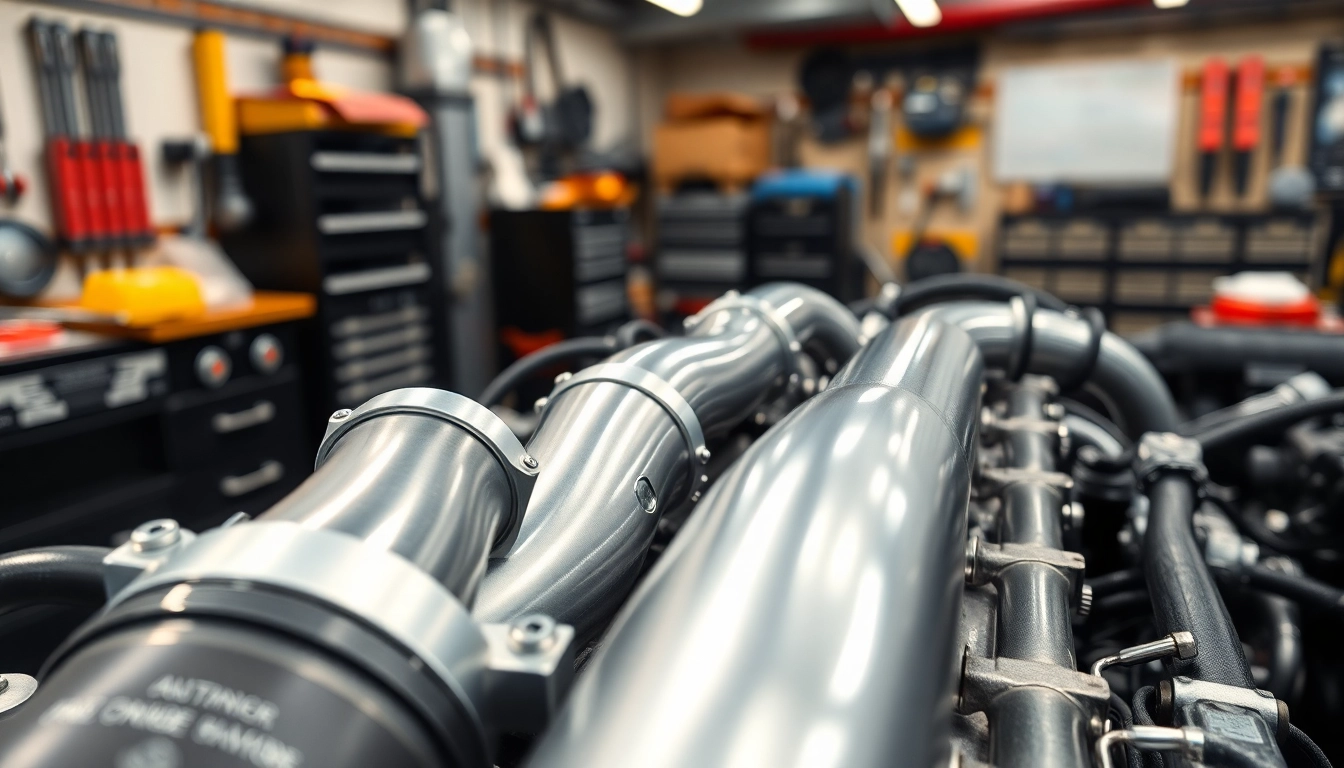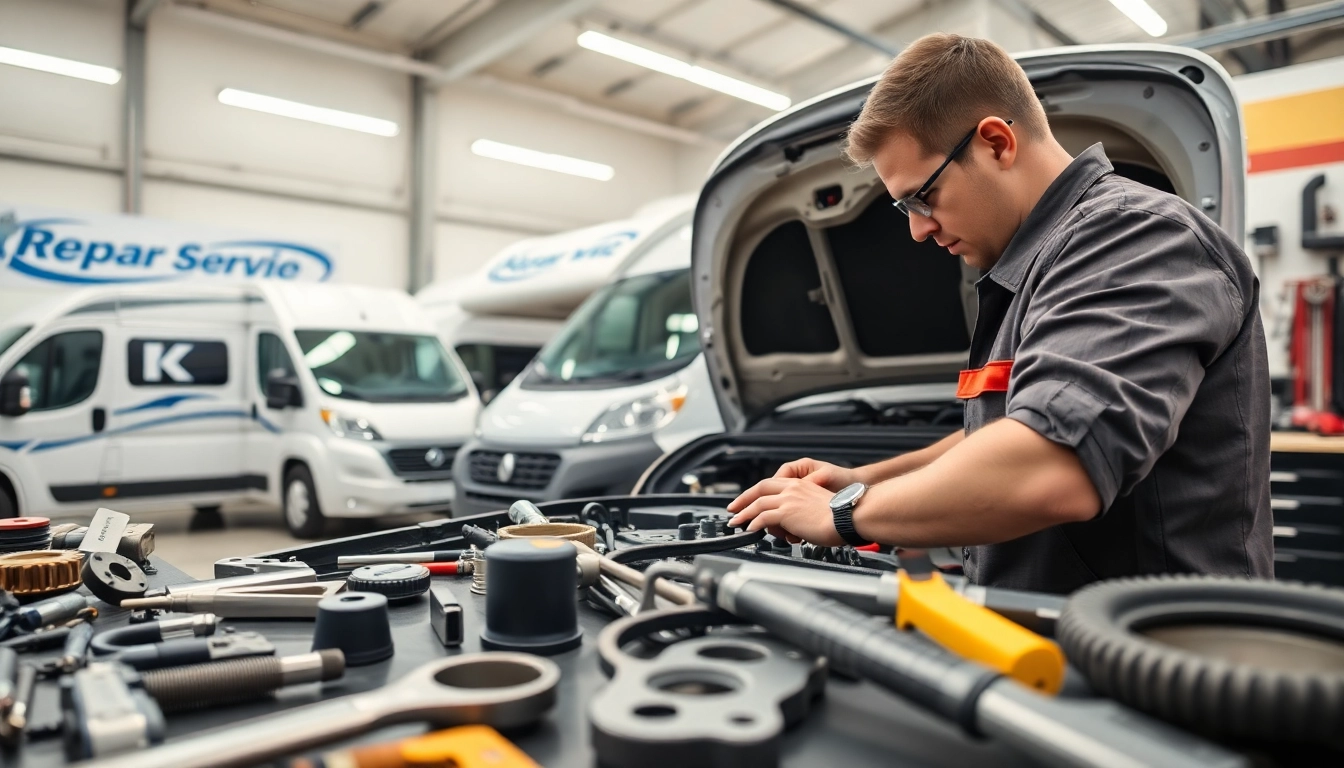Introduction to Charge Piping and Its Role in Performance
When it comes to enhancing the performance of a vehicle, few components have as significant an impact as the charge piping. The charge piping system plays a crucial role in directing the airflow from the turbocharger or supercharger into the engine, influencing not just performance but also efficiency and throttle response. Understanding the importance of charge piping is essential for anyone looking to upgrade their vehicle. In this comprehensive guide, we will explore what charge piping is, its significance in engine efficiency, the materials used, the benefits of upgrading, installation processes, maintenance tips, and future trends in this vital automotive component.
What is Charge Piping?
Charge piping refers to the tubing that transports compressed air from the turbocharger or supercharger to the engine’s intake manifold. This essential pipework is designed to channel the forced air efficiently, enhancing combustion and overall engine performance. In turbocharged systems, charge piping enables the engine to utilize the additional air density provided by the turbocharger, thereby increasing power output while maintaining fuel efficiency.
The Importance of Charge Piping in Engine Efficiency
Efficient charge piping systems are vital for optimal engine performance. The design, material, and dimensions of charge piping can significantly influence how well air flows into the engine. Limited airflow due to OEM (original equipment manufacturer) charge piping can lead to sluggish response and reduced performance. Quality charge piping ensures that air reaches the engine quickly and effectively, optimizing the air-fuel mixture and enhancing combustion efficiency.
Common Materials Used for Charge Piping
Charge piping can be constructed from various materials, each with its distinct benefits and drawbacks. Some of the most common materials include:
- Aluminum: Lightweight and resistant to corrosion, aluminum charge piping is popular for performance applications. Its excellent thermal properties help reduce heat soak.
- Stainless Steel: Known for its durability and resistance to high temperatures, stainless steel provides longevity and robustness, making it ideal for high-performance engines.
- Silicone: Often used for couplers and bends due to its flexibility, silicone can accommodate engine movement without compromising the piping’s integrity.
Benefits of Upgrading to Aftermarket Charge Piping
Upgrading to aftermarket charge piping can yield numerous advantages, elevating the driving experience and increasing overall performance. Here are some of the notable benefits:
Enhanced Airflow and Power Output
One of the primary reasons for upgrading charge piping is the significant enhancement in airflow. Aftermarket solutions often feature larger diameters and smoother bends compared to OEM piping, drastically reducing turbulence and restrictions. This improvement enables the engine to breathe easier, ultimately leading to increased horsepower and torque. Car enthusiasts frequently report feeling a noticeable difference in throttle response and acceleration after installing upgraded charge piping.
Improved Durability and Reliability
OEM charge piping, often made from plastic or lower-grade materials, can be prone to cracking or failure under increased pressure and temperature. By investing in aftermarket options made from more durable materials, such as aluminum or stainless steel, vehicle owners can ensure long-lasting performance. Enhanced durability translates to fewer repairs and replacements, contributing to overall vehicle reliability.
Cost-Effectiveness of Upgraded Charge Piping
While there is an upfront cost associated with purchasing aftermarket charge piping, the long-term benefits often outweigh the initial investment. Improved performance and reliability lead to a decrease in the likelihood of expensive repairs due to OEM component failures. Additionally, the enhanced performance may lead to better fuel economy, further offsetting the cost over time.
Installation Process for Charge Piping
Installing charge piping is a project that many vehicle enthusiasts take on themselves. However, following proper procedures is crucial to ensure satisfactory results. Below is a detailed guide for those considering this upgrade.
Tools Needed for Installation
Before starting the installation, gather the following tools:
- Socket set
- Wrenches
- Torx driver set
- Pliers
- Hose clamps
- Silicone couplers
- Torque wrench
- Heat-resistant gloves
Step-by-Step Guide to Installing Charge Piping
The installation process can vary depending on the vehicle, but here is a general step-by-step guide:
- Safety First: Disconnect the battery and let the engine cool down to prevent accidents.
- Remove the Stock Piping: Start by unfastening the clamps and removing existing charge piping. Take care not to damage surrounding components.
- Prepare the New Piping: Ensure that the aftermarket charge piping is compatible with your vehicle. Check for any modifications that may be necessary.
- Install Couplers: Attach silicone couplers to connecting points on the new charge piping.
- Route the Piping: Carefully route the charge piping to avoid any contact with hot engine surfaces or moving parts. Secure it in place using the provided clamps.
- Double-Check Connections: Ensure all clamps are tight and there are no air leaks.
- Reconnect the Battery: Once everything is secured, reconnect the battery and start the engine to check for any issues.
Common Mistakes to Avoid During Installation
When installing charge piping, here are several common pitfalls to avoid:
- Neglecting Compatibility: Always ensure that the charge piping is compatible with your specific vehicle model.
- Improper Tightening: Failing to properly tighten hose clamps can lead to air leaks and performance issues.
- Ignoring Heat Shields: Where applicable, install heat shields to protect charge piping from engine heat.
Maintenance Tips for Charge Piping
To maximize the lifespan and performance of charge piping, regular maintenance is essential. Here are some key maintenance tips:
Regular Inspection and Cleaning
Inspect charge piping regularly for signs of wear, such as cracks, leaks, or loose connections. Cleaning the interior of the charge piping can help remove carbon buildup, ensuring optimal airflow. Use a suitable cleaning solution that does not harm the surfaces of the piping.
Potential Issues and Solutions
Some common issues associated with charge piping include:
- Boost Leaks: Determine the source of the leak and replace faulty couplers or clamps.
- Heat Soak: If overheating occurs, consider using heat shielding or relocating charge piping away from hot engine components.
- Noise Issues: If you experience unwanted noises, check for loose clamps or improperly fitted components that may be vibrating.
When to Replace Charge Piping
Signs that indicate it’s time to replace charge piping include:
- Visible cracks or damage on the piping
- Declining engine performance or power loss
- Persistent boost leaks despite repairs
Conclusion: Making the Right Choice for Your Vehicle’s Charge Piping
Investing in quality charge piping can lead to significant performance improvements and greater engine efficiency. As you evaluate various options for aftermarket charge piping, consider the long-term benefits of better airflow, enhanced durability, and overall cost-effectiveness. By recognizing the signs of wear and adhering to proper maintenance practices, you can ensure that your charge piping system remains in optimal condition.
Evaluating Performance Gains
Once you’ve made the upgrade, closely evaluate the changes in performance. Keep track of metrics such as boost pressure, throttle response, and fuel economy to gauge the effectiveness of your new charge piping. Using performance monitoring tools can provide valuable insights into your vehicle’s enhanced capabilities.
Long-Term Benefits of Charge Piping Investment
The investment in upgraded charge piping goes beyond immediate performance gains; it also adds longevity to your engine’s overall health. Upgraded piping reduces strain on turbine components, assists in maintaining temperatures, and can even enhance engine acoustics.
Future Trends in Charge Piping Technology
As the automotive industry continues to evolve, we can expect to see advancements in charge piping technology, such as the integration of lightweight composite materials and improved designs that maximize airflow and efficiency further. Stay abreast of these innovations to ensure your vehicle remains at the forefront of performance.



